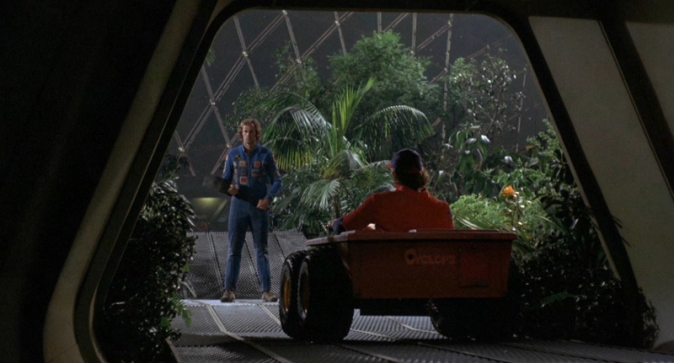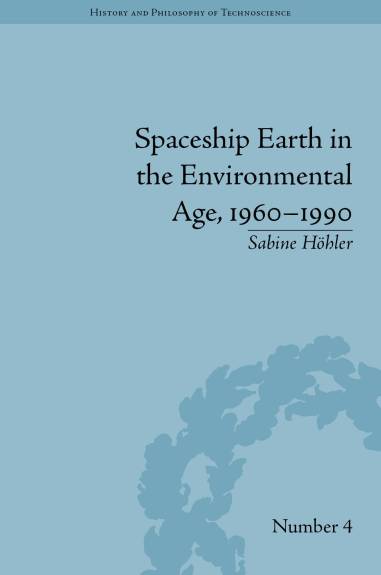In Spaceship Earth in the Environmental Age, 1960-1990, Sabine Höhler, associate professor of science and technology studies at KTH Royal Institute of Technology, Stockholm, considers the emergence of ideas of Earth as a self-sustaining spacecraft. A powerful realisation, combining technological complexity, globalisation and environmentalist discourse, “Spaceship Earth” offered a blueprint for a planet in equilibrium, with the biosphere acting as its life-support system. Höhler draws upon traditional materials for cultural historians, ranging from architecture to cartoons in her analysis of the phenomenon from the 1960s.
Left: “Blue Marble,” 1972. http://visibleearth.nasa.gov/view.php?id=55418. Right, the Unisphere, built for New York’s World Fair features on the cover of Life magazine, May 1964. https://ensisheim.wordpress.com/2013/04/23/it-had-to-be-of-the-space-age/.
By the end of the nineteenth century, the great era of human expansion closed in the face of natural and political limits. This age was replaced by a kind of global stability, which developed at the height of the Cold War – a strategic equilibrium enforced by threat of nuclear annihilation. Space exploration offered one way to break the deadlock, but instead offered a new perspective on an isolated and fragile Earth, famously photographed as the “Blue Marble” by the Apollo 17 mission in 1972. The conception of “Spaceship Earth” emerged out of a dual revelation, namely that earth was both ecologically frail and isolated in the cosmos.
Shot from Silent Running (Douglas Turmbull, 1972). The Earth’s surviving flora and fauna orbit the polluted planet in the American Airlines space freighter Valley Forge. https://cinemarave1945.wordpress.com/2012/01/22/silent-running-douglas-trumbull-1972/
“Spaceship Earth” is a complex term, encompassing numerous metaphors, scientific fields and political movements. Höhler works through an array of thinkers, from designer Richard Buckminster Fuller to Jay Forrester (whose planetary model appeared in his 1971 work World Dynamics). Each contributed their own expertise to “Spaceship Earth,” whether through cybernetics, feedback mechanisms or Malthusian population fears. On the cultural level, activist groups such as ZPG (Zero Population Growth), campaigned for birth restrictions in the late 1960s, while films such as Silent Running (1972) and Logan’s Run (1976) explored themes of environmental destruction, dystopian futures and flight from an overpopulated society or dying planet.
Countless actors, cultural phenomenon and scientific disciplines were incorporated under the banner of “Spaceship Earth.” Höhler provides her reader with a whistle-stop tour of Cold War fears and technological optimism. “Spaceship Earth” lost its appeal during the 1990s, as biosphere projects failed and populations of industrialised nations began their decline. What is sometimes lacking from Spaceship Earth in the Environmental Age is a clear direction in a vast plethora of interconnected ideas. Yet for an overview of ecological thought and space-orientated science and technology, Höhler’s book provides a well-researched series of compelling examples.
Sabine Höhler, Spaceship Earth in the Environmental Age, 1960-1990 (London: Pickering & Chatto, 2015). www.pickeringchatto.com/spaceship



